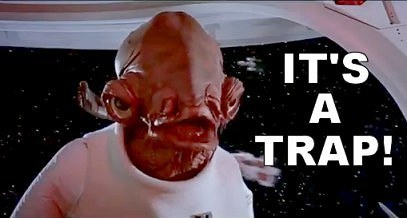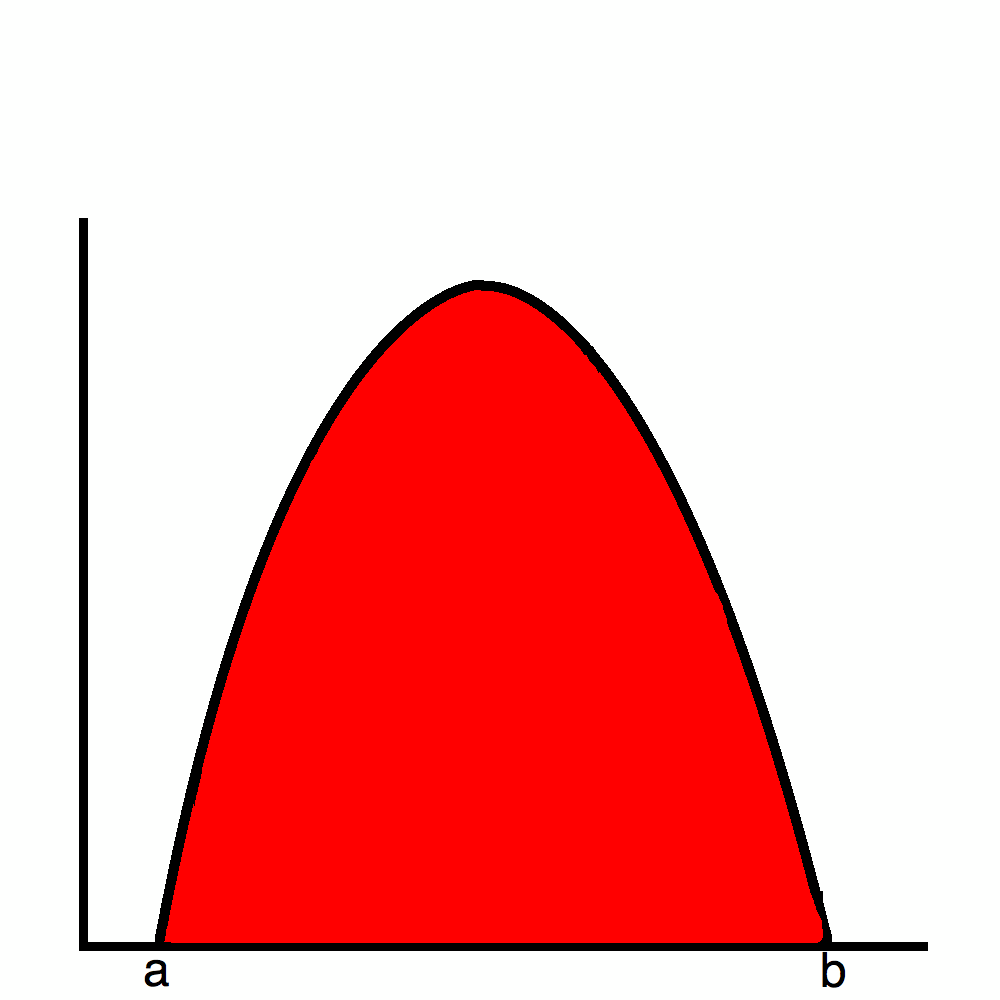If Jane and Mary have a motion that is "common" to both of them, it doesn't matter to them that they are moving. But, if Bob has a different motion, both Jane and Mary think that Bob is moving. It's obvious. But, they might forget the the two of them are both moving. My laptop and I are moving at a breakneck speed as the earth spins on its axis and orbits around the sun all while the sun and the Milk Way Galaxy its in are also moving. But, I don't think about that most days. And, I would say that we are both sitting still in a coffee shop right now and the Mocha sitting next to me is not going to suddenly spill. It has a motion common to me and my laptop. But, if we came across something that was totally still-- we would notice! In fact, I would think, "Wow! That thing is moving FAST!"
f






 But, what Planck found out was that the energy comes in distinct buckets. So, it would look more like this in reality:
But, what Planck found out was that the energy comes in distinct buckets. So, it would look more like this in reality:
